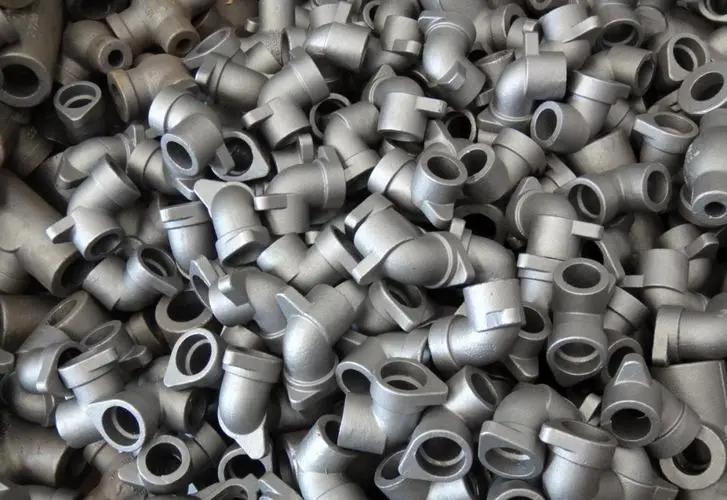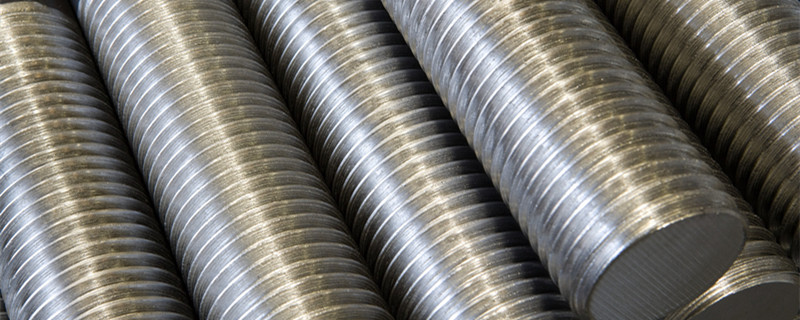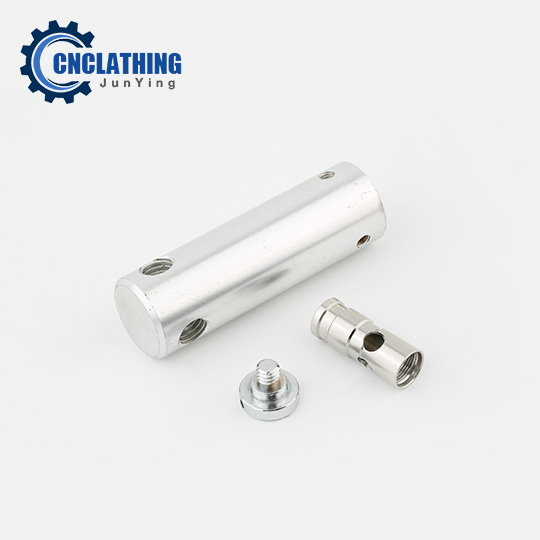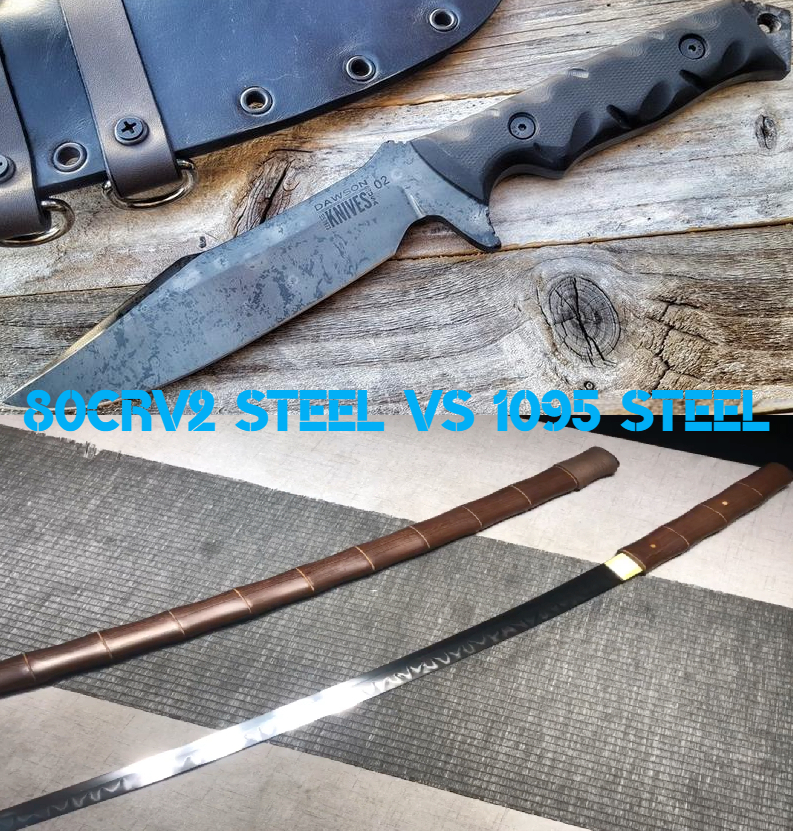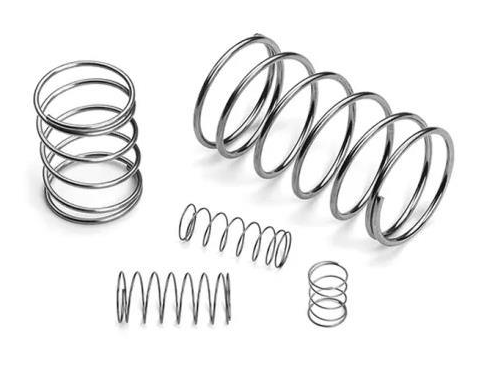Aluminum is the third most common element in the Earth’s crust after oxygen and silicon. It has great corrosion resistance and low density, which makes it important in the transportation, aerospace, electrical and building industries. It can also be used for household items. 25% of aluminum is casted and the other is wrought or alloy aluminum.
Cast aluminum MIC6, 319, 356, 383
Aluminum 319 is used for cylinder heads and transmission housings, 356 for cylinder heads and 383 for engine blocks. Parts which are made by high pressure die casting don’t need heat treatment. Aluminum die casting is extremely strong and cheaper than wrought aluminum.
Advantages
- Cast aluminum can be fully recycled.
- Cast aluminum has great corrosion resistance.
- Cast aluminum can conduct heat and electricity well.
- Cast aluminum can obtain lighter and stiffer designs.
Disadvantages
- Cast aluminum contracts and expands more than steels when the temperature changes.
- Cast aluminum doesn’t resist deformation.
- Cast aluminum does not handle fatigue.
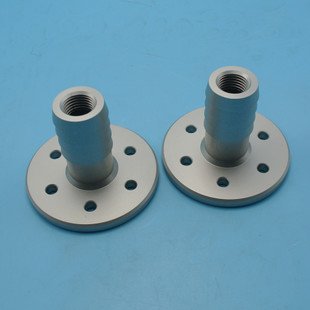
Wrought aluminum 6061, 7050, 7075
The elastic modulus of aluminum alloys is about 70 GPa and that is about 1/3 of steel. Aluminum alloys can have greater deformation under a given load. There are some aluminum alloys which have better tensile strength than those of common steels. Usually, lighter and stiffer designs can be obtained by aluminum. For instance, large diameter tubing is adopted by aluminum bicycle frames in order to have better strength with lighter weight. However, aluminum alloys have lower fatigue strength compared with steel.
Different kinds of alloys
- 1000 series are nearly pure aluminum.
- Copper is added to 2000 series. However, 2000 series can easily influenced by stress corrosion cracking and they are replaced 7000 series for new designs.
- Manganese is added to 3000 series.
- Silicon is added to 4000 series.
- Magnesium is added to 5000 series. 5000 series are great for the marine field due to its excellent corrosion resistance.
- Silicon and magnesium are added to 6000 series, which makes 6000 series weldable and machinable. 6160 is perhaps the most commonly used aluminum alloy.
- Zinc is added to 7000 series, which make it be precipitation hardened to the greatest strength.
- Elements in the 8000 series are not found in other series. 8000 series are widely used in places like aerospace where high strength to weight ratio is important.
Advantages
- Aluminum can be recycled.
- Aluminum has great corrosion resistance.
- Aluminum can conduct electricity and heat.
- Aluminum can obtain stiffer and lighter designs than steel.
Disadvantages
- Aluminum contracts and expands more than steels when the temperature changes.
- Aluminum doesn’t resist deformation.
- Aluminum does not handle fatigue.


